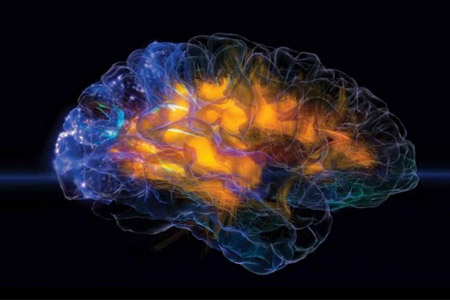Pancreatic adenocarcinoma has the worst prognosis of any major malignancy and an annual death rate overlapping its annual incidence rate. Up to now, despite
decades of efforts at elucidating molecular pathways involved in initiation and progression and at identifying effective therapies, the prognosis of pancreatic
adenocarcinoma has not improved. A key characteristic of pancreatic adenocarcinoma responsible for disease lethality is its resistance to ionizing radiation and
chemotherapy and the standard treatment with gemcitabine (GEM) has a response rate of less than 20%. Over the past years, it has been definitely shown that distinct
populations of cancer cells with stem cell properties, namely cancer stem cells (CSCs), are essential for the development and perpetuation of various human cancers
and may account for resistance to standard therapy.
We have recently demonstrated that sensitivity of ten pancreatic adenocarcinoma cell lines to gemcitabine (GEM), the standard chemotherapeutic agent for
pancreatic cancer, correlates with the basal ROS production. Our unpublished data have also shown that the ionophore compound disulfiram (DSF) or cannabinoids
induce synergistic ROS-mediated inhibition of cell proliferation when used in combination with GEM.
Our unit will isolate and characterize pancreatic cancer stem cells (CSCs) for the expression of the surface marker antigens CD133+, CD44+, CD24+, and ESA+.
These cells, together with the original cancer cell lines, will be studied to assess the role of ROS in the resistance to GEM and to identify novel ROS-related
target/biomarkers. To this purpose, we will analyze the activities of the most important redox enzymes and of the respiratory chain complexes, the major source of
ROS production.
Nanoassemblies of liposomes conjugated with hyaluronic acid, which is known to bind CD44, and containing anticancer drugs with oxidant properties (GEM or DSF)
will be used to evaluate the antiproliferative effectiveness on pancreatic CSCs, on the original cancer cell lines and on xenografted nude mice.
To identify new markers for pancreatic CSCs, a comparison of the proteomic and mRNA profiles between pancreatic CSCs and the original cancer cell populations
will also be performed.







